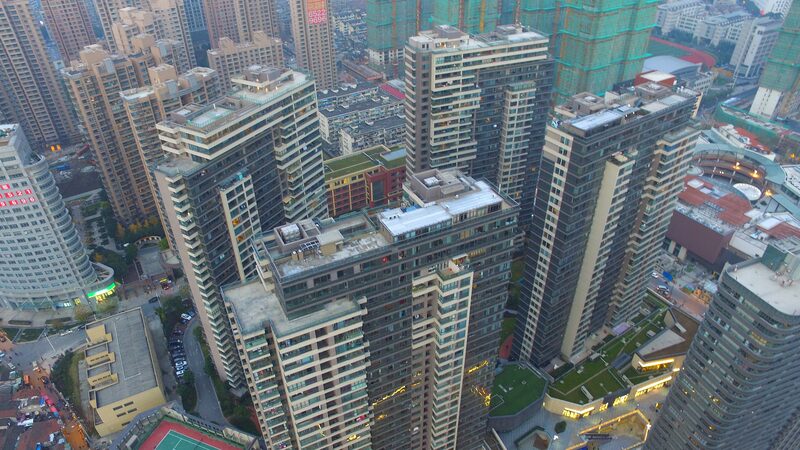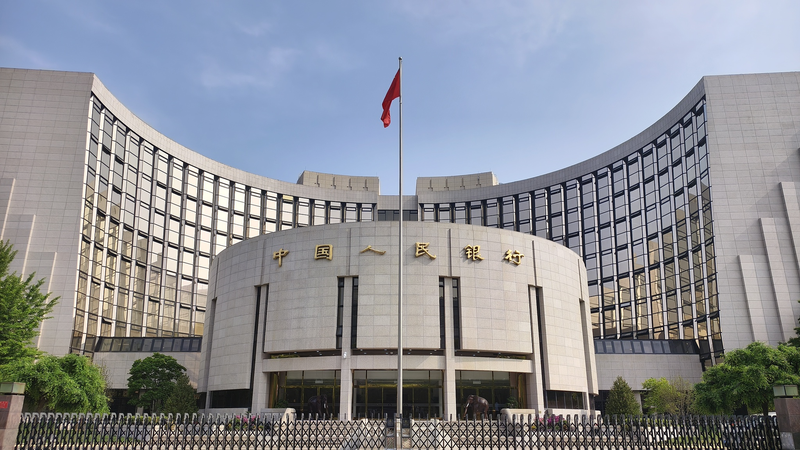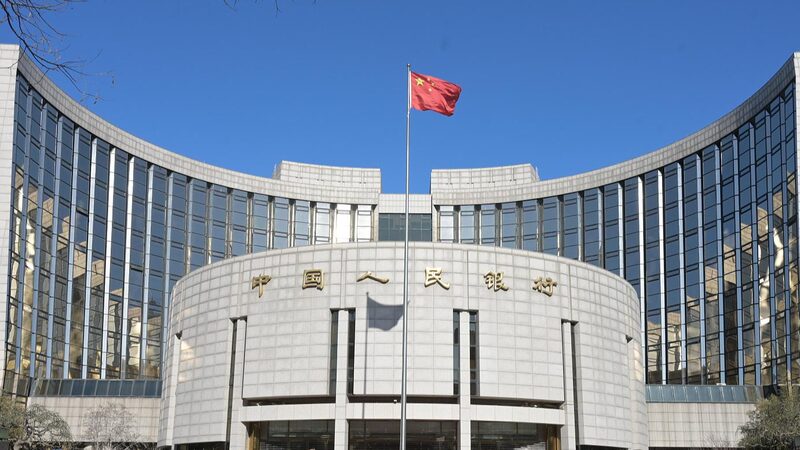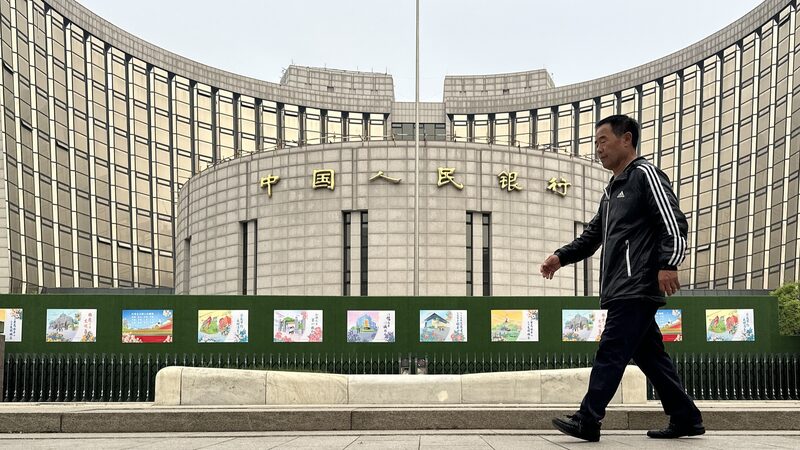China’s property sector, a key pillar of its economy, is navigating a major transformation supported by new policies aimed at stabilizing markets and boosting long-term growth. 🌍 The recent cut to the over-five-year Loan Prime Rate (LPR) by 25 basis points—the largest reduction ever—signals targeted support for homebuyers and developers, easing mortgage pressures and fostering confidence.
🔑 Why it matters: With the property sector facing cyclical and structural challenges, policymakers are rolling out measures to revive demand and supply. On the demand side, cities may relax purchase restrictions and lower down-payment ratios. For developers, financing support aims to stabilize cash flow and accelerate project deliveries.
💡 Bigger picture: The focus isn’t just short-term recovery. China is pushing for a “healthier” sector with sustainable growth, moving away from old reliance on heavy investment. This includes boosting affordable housing and urban renewal projects, which could buffer market volatility.
🏠 Local impact: Higher-tier cities like Beijing and Shanghai are expected to ease curbs gradually, while tailored policies address local housing needs. Analysts predict a slow but steady rebound in home sales and investment by late 2024.
📈 What’s next: While challenges remain, experts say the sector’s role will shrink but stabilize, aligning with China’s new economic model. For young investors and professionals, this shift signals opportunities in commercial and industrial real estate sectors like logistics and multifamily housing.
Reference(s):
Property sector expected to play healthier role in China's economy
cgtn.com






